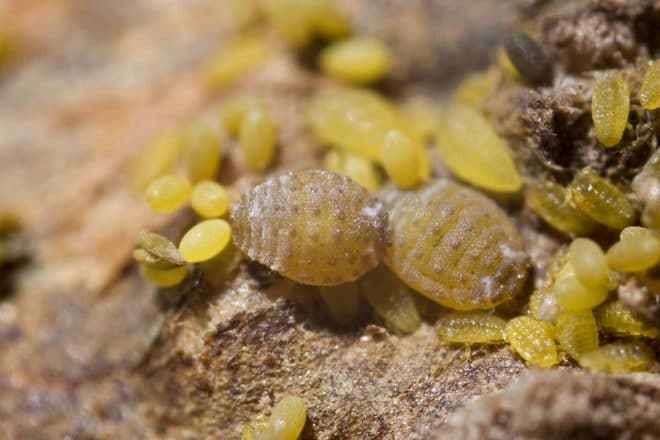Over the past 30 years, international researchers have discovered the presence of different phylloxera strains and their varying ability to cause economic damage to grapevines. Because of this variability, it’s important to know which strains are where, to ensure we have effective pest management and quarantine strategies in place.
A technique involving the use of microsatellite (simple sequence repeat SSR) markers for grape phylloxera continues to evolve for strain typing. In 2014, a group of international phylloxera researchers chose a subset of 10 robust markers (Dvit 3, Dvit 6, DV 4, DV 8, DV 11, PhyIII 30, PhyIII 36, PhyIII 55, PhyIV 4, DVSSR4) that could be used alongside a lab’s own DNA extraction technique, equipment and supplied reference samples, to determine genotype.
To assist in this work, a databased called PHYLLI has been specially designed. It will facilitate automated data upload and storage of global phylloxera strain-typing results for participating labs.
Researchers believe a fully-functioning international database will allow for:
- Analysis of phylloxera migration and population genetic studies encompassing both space and time at the global level;
- Identification of changes in the host adaptation of existing strains;
- Identification of the introduction of new phylloxera strains;
- Tracking of abundant ‘super clones’;
- Faster adoption of risk management strategies;
- Improvements in surveillance approaches; and
- Improvements in quarantine procedures.
To read the full article, click here.
